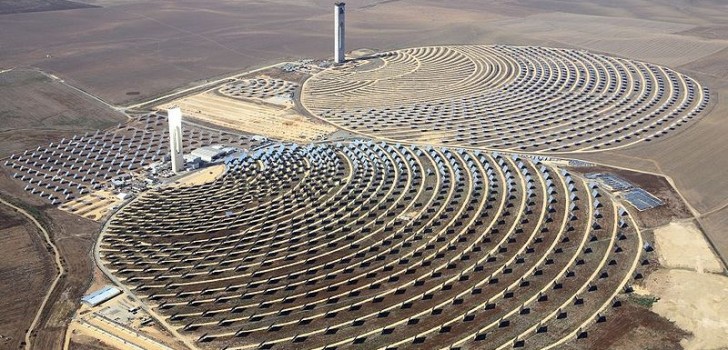Texas may soon be just as well known for solar energy as it is for oil wells, with multiple solar firms having recently invested around $1 billion in the state. Contractors from OCI Solar Power LLC, First Solar Inc., Recurrent Energy, and SunEdison Inc. are all pursuing projects there, where projections for installed solar power by the year 2029 are estimated at between 10,000 and 12,500 megawatts.
For perspective, this is equivalent to the total installed solar capacity in the U.S. today.
The recent move to Texas by solar firms is partly due to the falling price of the technology. According to Warren Lasher of the Electric Reliability Council of Texas (ERCOT), “Solar is going to become one of the most cost-effective sources of electricity on the grid.”
The abundance of cheap and flat real estate in West Texas, coupled with good sun exposure is making the decision a natural one.
Texas has also recently completed construction of $6.9 billion of new electric transmission lines, which connect West Texas to large metropolitan areas. The lines have allowed Texas to become the nation’s largest wind producer. Solar energy should make a nice complement to the state’s wind farms, as wind power generation typically lulls during the middle of the day, which is the time best suited for solar production.
A major player in the solar market is Recurrent Energy, which currently has 2 gigawatts of installed solar capacity in North America. Their contract with Austin Energy to build a 150 megawatt solar facility in Pecos County will make it one of the largest in the nation. Amazingly, the price at which the facility will be selling its power will be $0.05/kilowatt hour, very close to the current rate for West Texas of $0.04/kilowatt hour.
Much of the investment in solar energy is due to the passage of the solar Investment Tax Credit (ITC) in 2005. Following passage of the ITC, installed solar capacity grew by a factor of 40, from 500 megawatts in 2004, to 20,000 megawatts in 2014. These solar firms are trying to complete the various projects they have underway before the commercial solar ITC drops in 2016 from 30% to 10%.
Analysts project that after the expiration, yearly addition of solar capacity will drop from a peak of 10,000 megawatts in 2016, to around 1,500 megawatts in 2017, dropping off in subsequent years. It remains to be seen whether industry lobbyists will succeed in getting an extension for the credit but in any case it appears that what Texas was to oil is very like what the state will mean to the solar industry.
Stay Connected